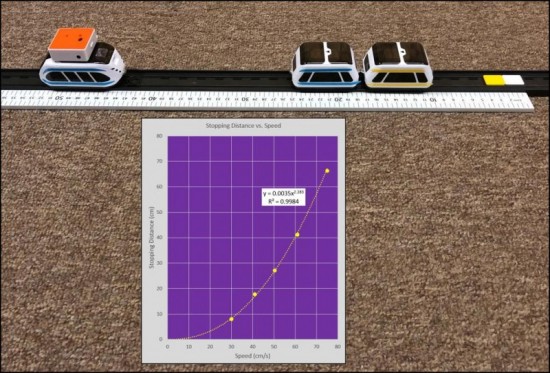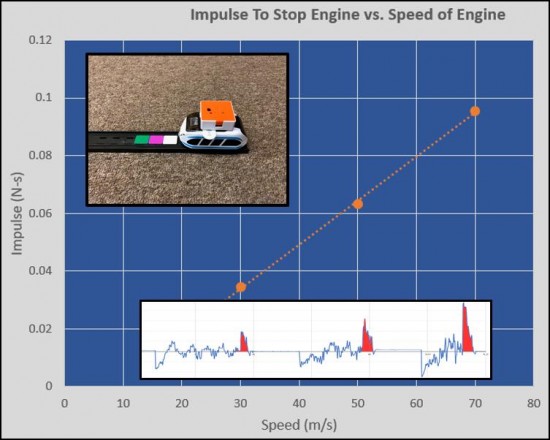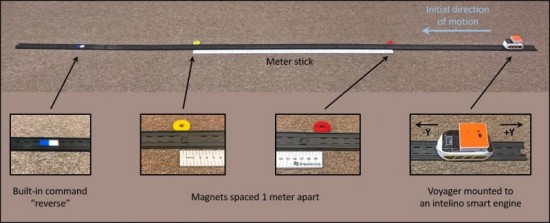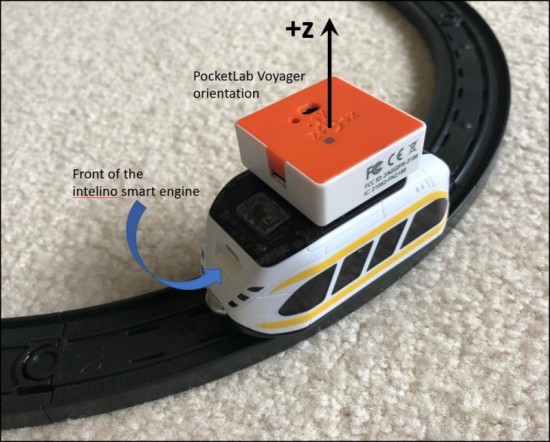Pi from Voyager and an Intelino Smart Train
Introduction to Pi
There is probably no number that has received more interest since ancient times that the number pi, symbolized by the Greek letter π. Originally defined as the ratio of the circumference of a circle to its diameter, it has been given approximate values including 3.14 and 22/7. Proven to be an irrational number, supercomputers have computed the value of pi to more than one trillion digits.











